A brief journey into the history of the arterial pulse
- PMID: 21811677
- PMCID: PMC3147130
- DOI: 10.4061/2011/164832
A brief journey into the history of the arterial pulse
Abstract
Objective. This paper illustrates the evolution of our knowledge of the arterial pulse from ancient times to the present. Several techniques for arterial pulse evaluation throughout history are discussed. Methods. Using databases including Worldcat, Pubmed, and Emory University Libraries' Catalogue, the significance of the arterial pulse is discussed in three historical eras of medicine: ancient, medieval, and modern. Summary. Techniques used over time to analyze arterial pulse and its characteristics have advanced from simple evaluation by touch to complex methodologies such as ultrasonography and plethysmography. Today's understanding of the various characteristics of the arterial pulse relies on our ancestors' observations and experiments. The pursuit of science continues to lead to major advancements in our knowledge of the arterial pulse and its application in diagnosis of atherosclerotic disease.
Figures
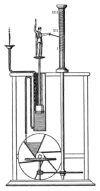
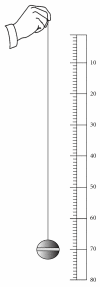

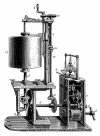


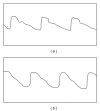
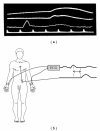
References
-
- The Chahar Maqala of Nidhami-i-'Arudi-i-Samarqandi. Hertford, UK: S. Austin and Sons; 1899. Anecdote xxxv, translated into English by E. G. Browne.
-
- Kanada M. The natural movement or beating of the pulse. Gupta KRL, trans, Sage Kanad on Pulse, 1987.
-
- Kanada M. The state or movements of the dandaja pulse. Sage Kanad on Pulse. 1987;1:28–30. Gupta KRL, trans.
-
- Lad V. Secrets of the Pulse: the ancient Art of Ayurvedic Pulse Diagnosis. 1996.
-
- Upadhyay VGP. The Science of Pulse Examination in Ayurveda. New Delhi, India: Sri Satguru Publication; 1997.
LinkOut - more resources
Full Text Sources
